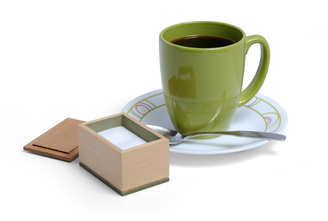 This is a little sugar box. The sides are made from salvaged, old-growth white pine that's quartersawn. The grain is very fine, tight and straight, which makes it just right for a box this small. However, it presented a problem when it came time to pick a piece of wood for the lid. I didn't have a species in mind, really. I was more concerned with finding something with very tight, very straight grain. I found what I wanted in a small white oak board. (I think I picked it out of the scrap bin in the FWW shop many years ago.) It's quartersawn, which might have been a problem had the ray fleck been wild or large. Luckily, the flecks are narrow and straight, running diagonally across the grain. I love the look. I was fortunate to have both white pine and oak with grain proportionally well-suited for this little box. Grain spaced more widely, or flatsawn grain, would make for a less delicate and elegant box. Having chosen wood for the sides and lid, I turned my thought to milk paint. The custom green paint that I've used in the past goes very well with white pine and white oak, so I settle on this color fairly quickly. How to use it was another question. Because the box is so small, I didn't want too much paint on the outside, and I didn't want to paint any part of the sides--the grain is just too beautiful to paint over. So, I thought about the bottom and realized that I had an opportunity to use a style of bottom that I've had in mind for a while but not used yet. I normally use the bottom as a way to create some separation between the box and the surface that it sits on, and because the bottom is inset from the outside faces of the sides, a narrow shadow line is created. This gives the box a lighter and more delicate appearance. The bottom of this box was not made like that. It's more like a little pedestal for the box to sit on. I glued some shopsawn veneer (from the same piece of pine as the sides) to a very thin piece of plywood. I then rabbeted around it's top face. After gluing the bottom to the box (this is why I went with a laminated bottom rather than a solid wood one), a small groove was created to give some separation between the box and bottom. And because the bottom is so thin, the bit of edge left was just the right size to be painted without becoming overbearing. I'm pleased with how it turned out. The lid is rabbeted on the top and bottom. The field created by the rabbets on the bottom fit into the box and keep the lid on. It overhangs the sides about 1/16 in. so that you get ahold of it to take it off. Here are some random thoughts.
3 Comments
1/23/2016 11:37:21 am
So are you painting the inside before assembly or after Matt?
Reply
Matt Kenney
1/23/2016 01:57:02 pm
I painted the inside after assembly, so that I wouldn't have to worry about getting paint on the glue surfaces.
Reply
Jerry
2/8/2016 07:05:45 am
Nice box. I do a bit of cooking and my impression is that this would also make a nice salt cellar.
Reply
Your comment will be posted after it is approved.
Leave a Reply. |
AuthorI love furniture design, and smart techniques. This blog is about both. Archives
August 2020
Categories |
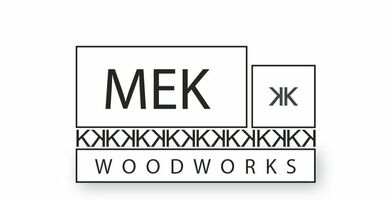
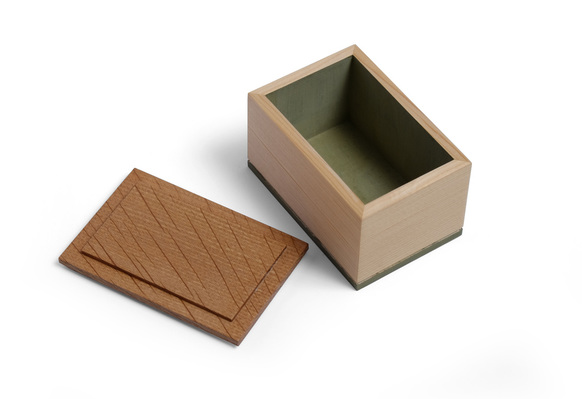
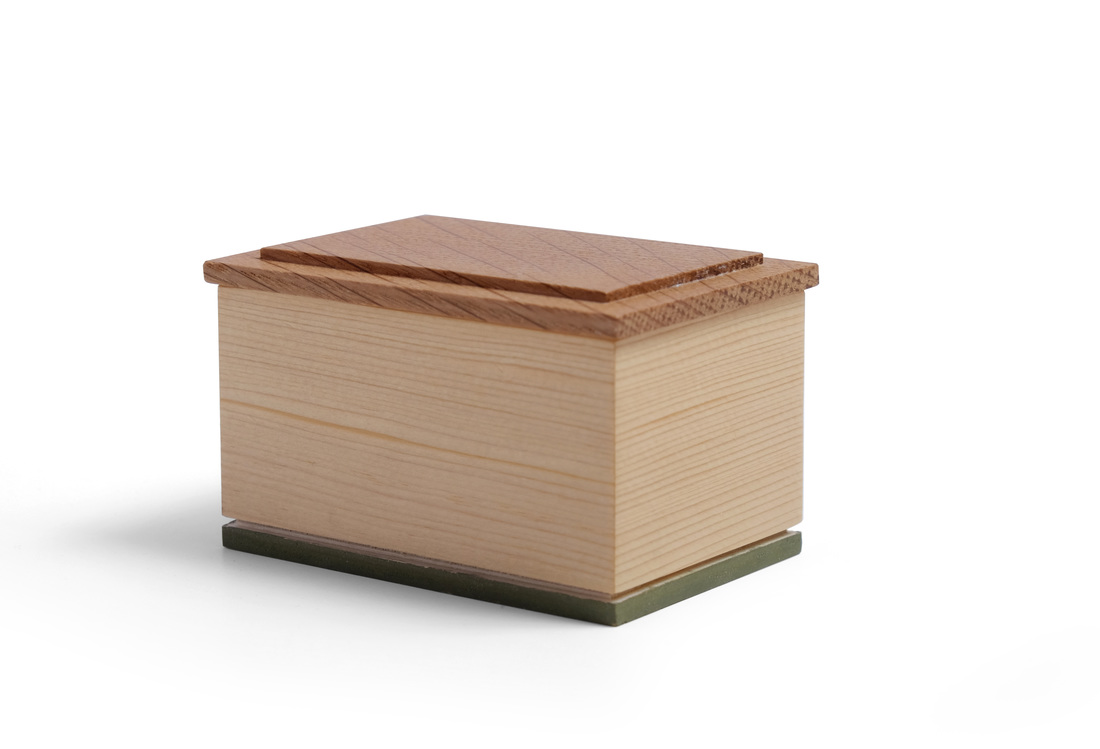
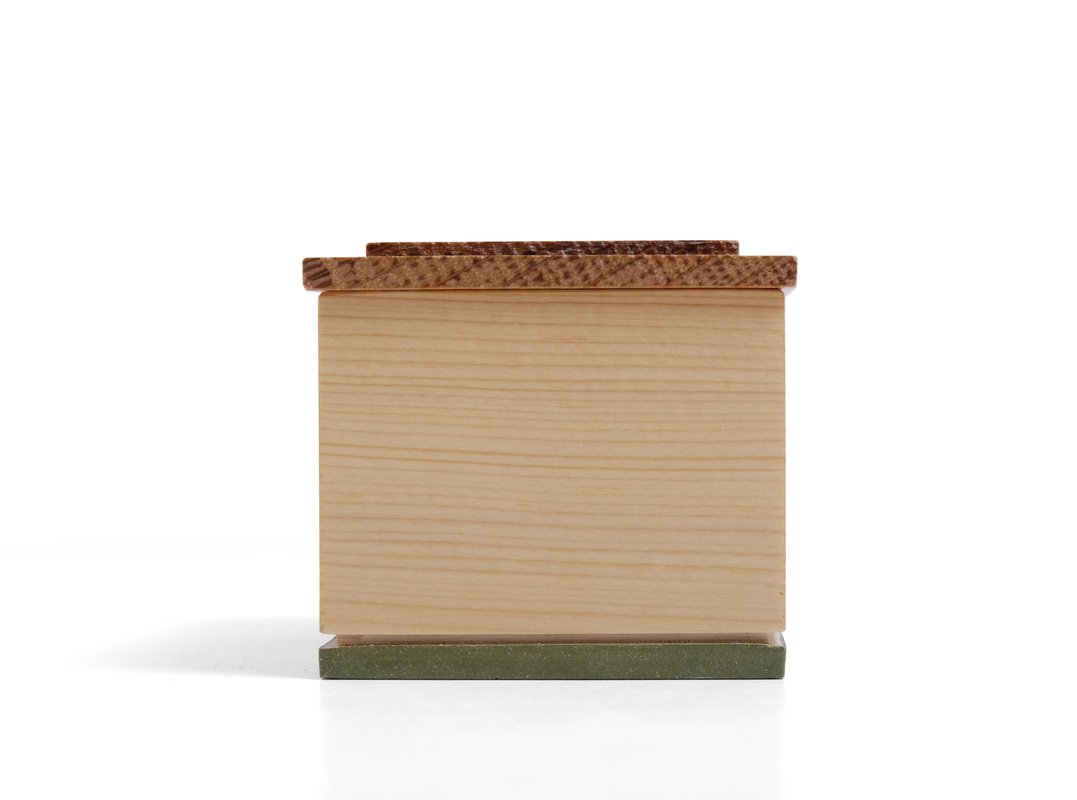
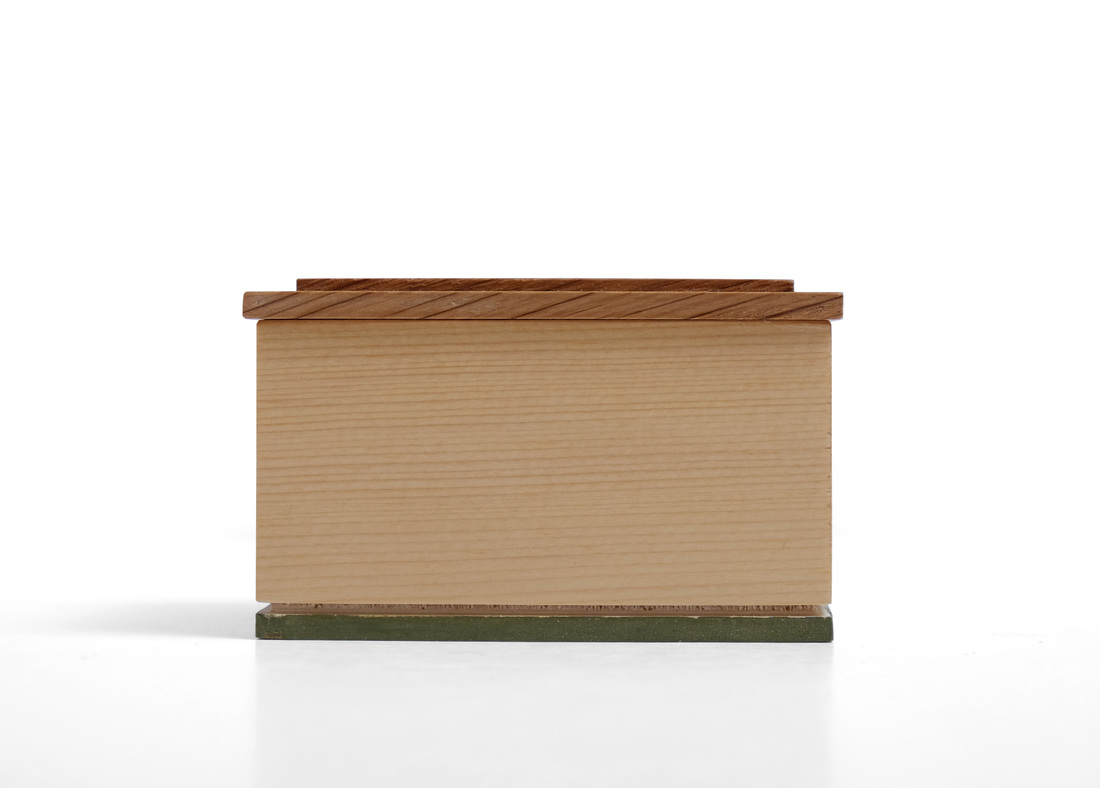
 RSS Feed
RSS Feed